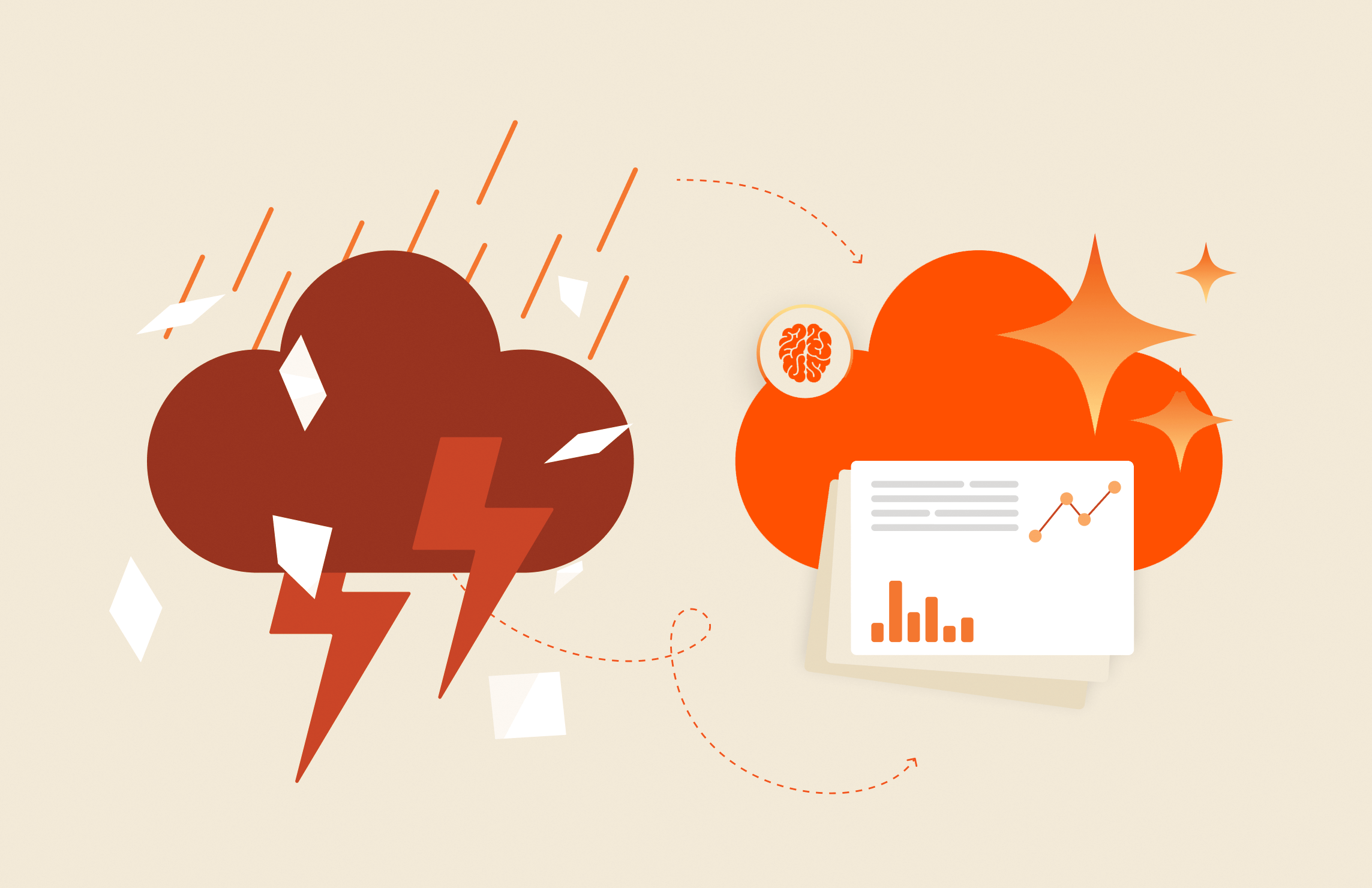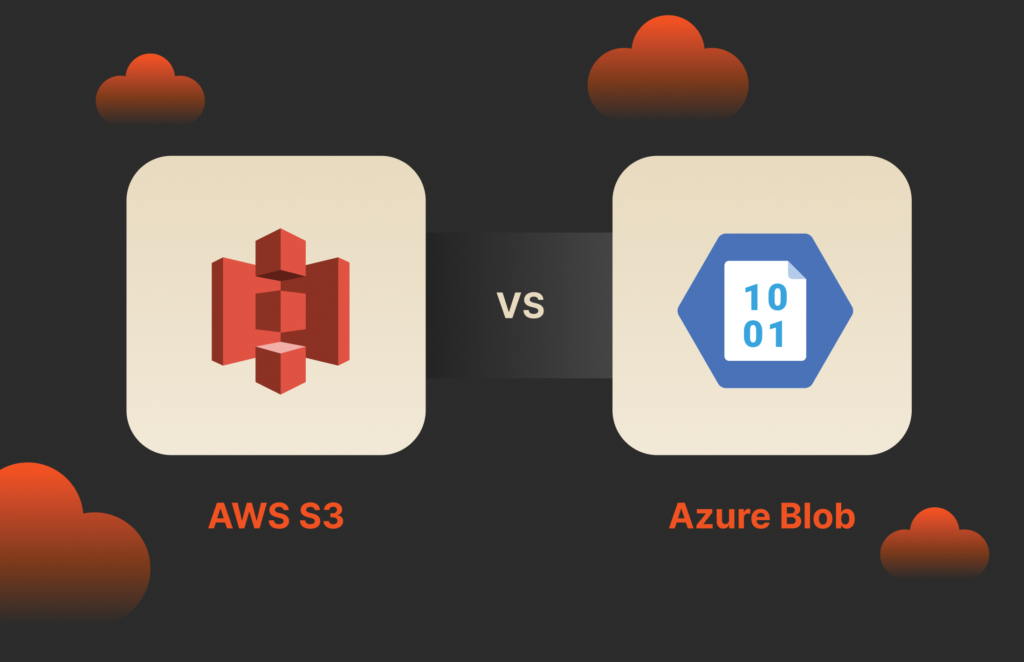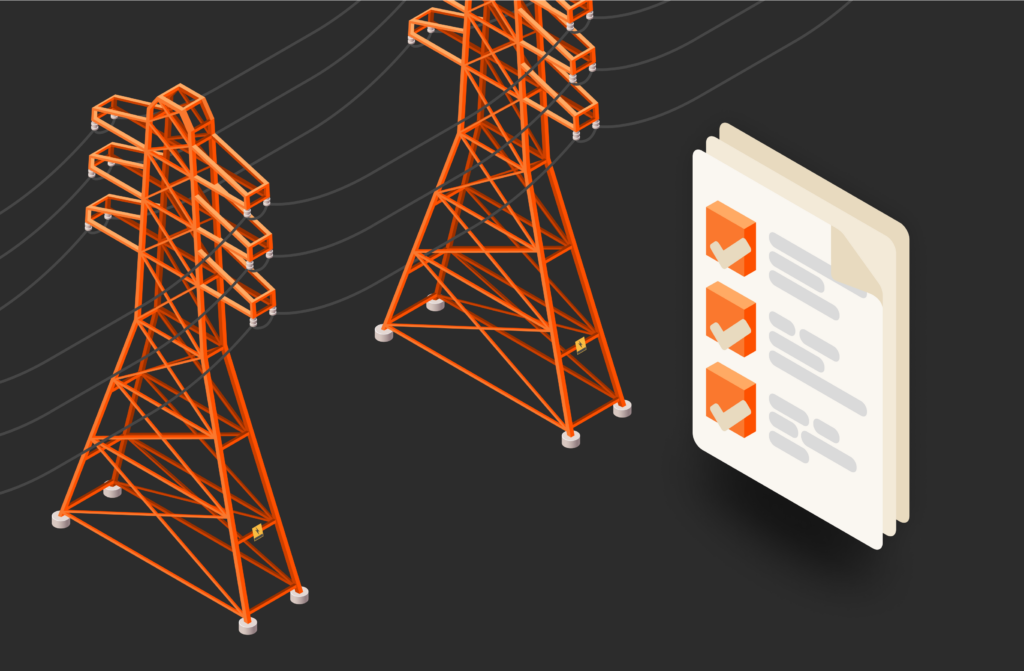Summary
Unstructured AI processes unstructured data, which is complex and doesn’t conform to a predefined format. The potential insights it can reveal can open new doors for innovation, efficiency, and growth in many industries, such as healthcare, finance, and retail.
Unstructured AI is transforming the way businesses and organizations derive value from data. Traditional AI systems focus on structured data that fits neatly into rows and columns—think anything that can go into a spreadsheet or database. From text documents and social media posts to videos, images, and audio files, unstructured data holds immense potential for unlocking insights that were previously hidden.
Google’s DeepMind, for example, uses AI to analyze unstructured images and videos for object recognition, translation, and insights. Tesla uses unstructured AI models to analyze real-time video and sensor data for self-driving cars. IBM’s Watson processes unstructured medical and financial data for insights that helps doctors analyze patient history to suggest treatment plans. The examples and use cases are endless.
But to grasp the full importance of unstructured AI, it’s important to first understand the distinction between structured and unstructured data. Structured data is highly organized and easy to analyze using traditional tools. Unstructured data is messy, diverse, and doesn’t conform to a predefined format.
The opportunity (and challenges) of unstructured AI lies in its ability to process this unstructured and less organized data—data that traditional AI methods struggle to handle. By leveraging advanced technologies, unstructured AI enables organizations to extract meaningful patterns, make informed decisions, and enhance customer experiences.
Read on to learn why unstructured AI is important, how it works, its applications and challenges, and what to expect in the future.
The Importance of Unstructured AI
Unstructured data is everywhere, and its volume is growing—exponentially. In fact it’s expected to grow 10-fold by 2030. This surge is driven by various sources, including social media interactions, online video content, digital images, audio recordings, and IoT devices. These sources generate massive quantities of unstructured data every second, making it a critical resource for businesses to tap into.
Unstructured data includes text, which encompasses emails, chat messages, blogs, and customer reviews. It also includes images, such as photos, graphics, and scanned documents. Videos, including movies, tutorials, and surveillance footage, form another significant category. Audio data, like podcasts, phone call recordings, and music, also adds to the diversity of unstructured data types.
The significance of unstructured data lies not just in its volume but in the potential insights it can reveal. For example, customer sentiment can be inferred from product reviews and social media comments, providing businesses with valuable feedback. In healthcare, medical diagnoses can be enhanced by analyzing X-rays and MRI scans, leading to better patient outcomes. Additionally, operational efficiency can be improved by extracting trends from IoT sensor data, enabling more informed decision-making.
Organizations that harness the power of unstructured data stand to gain a competitive edge in their industries, unlocking insights that were previously inaccessible. The ability to use AI and unstructured data together can help businesses reach new heights.
How Unstructured AI Works
Unstructured AI employs a combination of advanced technologies and methodologies to make sense of diverse and complex data types. These technologies include natural language processing (NLP), computer vision, and speech recognition.
NLP enables machines to understand, interpret, and generate human language, making it possible to perform tasks like sentiment analysis, chatbot interactions, and document summarization. Computer vision focuses on extracting insights from visual data, such as identifying objects in images or detecting anomalies in videos. Speech recognition converts spoken language into text, facilitating applications like voice search and virtual assistants.
Machine learning (ML) lies at the heart of unstructured AI. Techniques such as deep learning allow systems to learn patterns and make predictions from unstructured data. Convolutional neural networks (CNNs) excel in analyzing images and videos, making them ideal for tasks like object detection and facial recognition. Recurrent neural networks (RNNs) are designed for sequential data, such as text and speech, enabling applications like language modeling and speech-to-text conversion.
There are also several tools and platforms that facilitate unstructured AI. Frameworks like TensorFlow and PyTorch are commonly used for building machine learning models. For handling large-scale data processing, platforms like Apache Hadoop and Spark are invaluable. Pre-trained models, such as ChatGPT or Google’s BERT, simplify tasks like language understanding and text generation, making unstructured AI more accessible to organizations.
Applications of Unstructured AI
Unstructured AI can help organizations quickly analyze complex data. Unstructured AI is reshaping industries by enabling advanced analytics and automation. In healthcare, it’s revolutionizing medical imaging by analyzing X-rays, MRIs, and CT scans to detect diseases like cancer with high accuracy. It also streamlines clinical documentation, with NLP tools analyzing patient records and research papers to enhance diagnosis and treatment planning.
In finance, unstructured AI plays an important role in fraud detection by identifying unusual patterns in transactions and alerting institutions to potential fraud. It also supports risk assessment by analyzing text data from news articles and market reports, helping financial professionals make informed decisions.
In marketing and retail, unstructured AI helps analyze customer sentiment from social media interactions and reviews, providing businesses with insights into customer preferences. It also powers personalized recommendations by analyzing customer behavior, ensuring that products and services align with individual needs.
In the media and entertainment industry, unstructured AI enhances content moderation by scanning videos, images, and text to filter inappropriate material. It also improves search experiences by understanding context and intent in multimedia data, making it easier for users to find relevant content.
Challenges and Limitations
Like any other tool or technology, unstructured AI isn’t without its challenges and limitations. One major issue is data privacy and security. Processing sensitive unstructured data, such as personal photos or medical records, raises privacy concerns. Regulatory compliance with laws like GDPR, DORA, and HIPAA adds complexity, requiring organizations to implement robust data governance practices.
Another challenge is the significant computational power required for unstructured AI. Training and inference demand substantial resources, making it costly to deploy and maintain these systems. Smaller organizations may struggle to afford the infrastructure needed to support unstructured AI.
The lack of standardization in unstructured data formats creates additional difficulties. The diversity of formats and structures means that universal processing methods are rare, necessitating customized solutions for different types of data.
Potential solutions to these challenges include edge computing, which reduces latency and bandwidth costs by processing data closer to its source. Federated learning enhances privacy by training models on decentralized data without transferring it, addressing some privacy concerns. Continued research into efficient algorithms and architectures can also reduce resource demands, making unstructured AI more accessible.
The Future of Unstructured AI
As the field evolves, several trends and innovations are set to shape the future of unstructured AI. One emerging trend is multimodal AI, which combines text, image, and audio data to provide richer insights. This approach allows AI systems to analyze and interpret multiple data types simultaneously, unlocking new possibilities for applications.
Explainable AI (XAI) is another critical trend, ensuring transparency and trust in unstructured AI systems. By making AI decisions more understandable, XAI fosters confidence in the technology’s outputs, especially in sensitive areas like healthcare and finance. Self-supervised learning is also gaining traction, reducing reliance on labeled data by enabling models to learn from raw inputs, thereby expanding the scope of unstructured AI.
The future impact of unstructured AI spans various sectors. In healthcare, real-time analysis of unstructured patient data can lead to personalized treatments and improved outcomes. Smart cities can leverage unstructured data from IoT devices to enhance urban planning and public safety. In education, AI-powered tools can analyze unstructured content like essays and class discussions, supporting personalized learning experiences.
Continued investment in AI research will be crucial for addressing current limitations and unlocking new possibilities. Collaboration between academia, industry, and governments can accelerate progress, ensuring that unstructured AI reaches its full potential.

Real-world Organizations Gaining ROI from AI
Conclusion
Unstructured AI represents a monumental shift in how we analyze and utilize data. By enabling organizations to process vast amounts of diverse and complex information, it opens new doors for innovation, efficiency, and growth. From healthcare to marketing, the applications of unstructured AI are as varied as the data it handles.
To stay competitive in an increasingly data-driven world, businesses must embrace unstructured AI and consider its implications for their industries. While the journey might be challenging, the potential rewards will be worth the effort.

Pure Storage Business White Paper
What Do AI Projects Really Demand from IT?
An AI primer for business leaders
Uncomplicate Unstructured Data
Learn more about all-flash file and object storage from Pure Storage.






